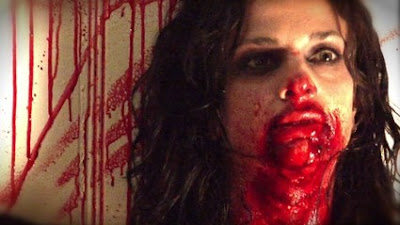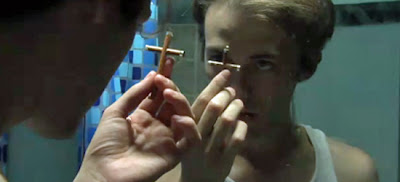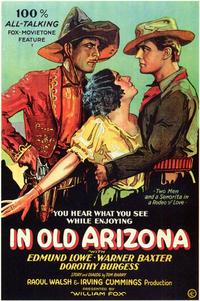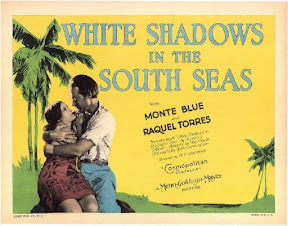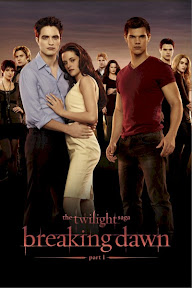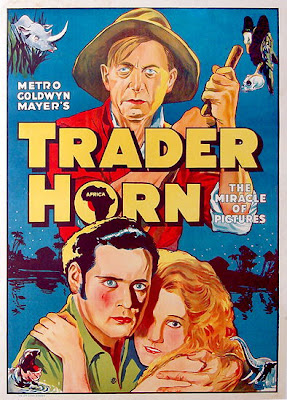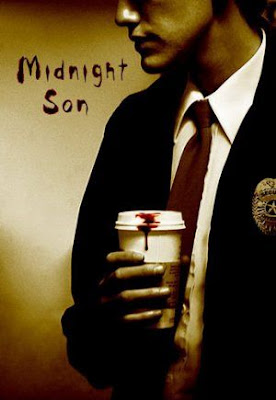 Don't watch Scott Leberecht's feature-film directing debut the way we did if you can avoid doing so. Wendigo and I watched it on FearNet, and despite the fact that we pay a premium to get that station, it censors movies. Curse words grow common at a certain point but all get censored, and women's naked breasts disappear in clouds of pixilation. Despite those drawbacks, we found the film worth reviewing, and we regret that it didn't get a chance to prove itself in theaters, apart from a handful of film festivals. Back in the day, something like Midnight Son would have been booked into drive-ins and grindhouse theaters. That's not to say that it's a good film or worthy of play in a modern multiplex -- Wendigo confesses that he would have been disappointed had he shelled out ten bucks to see it -- but is that the film's fault or the fault of modern distribution or exhibition policies? Does no one know how to promote something like this anymore? But enough editorializing.
Don't watch Scott Leberecht's feature-film directing debut the way we did if you can avoid doing so. Wendigo and I watched it on FearNet, and despite the fact that we pay a premium to get that station, it censors movies. Curse words grow common at a certain point but all get censored, and women's naked breasts disappear in clouds of pixilation. Despite those drawbacks, we found the film worth reviewing, and we regret that it didn't get a chance to prove itself in theaters, apart from a handful of film festivals. Back in the day, something like Midnight Son would have been booked into drive-ins and grindhouse theaters. That's not to say that it's a good film or worthy of play in a modern multiplex -- Wendigo confesses that he would have been disappointed had he shelled out ten bucks to see it -- but is that the film's fault or the fault of modern distribution or exhibition policies? Does no one know how to promote something like this anymore? But enough editorializing.Midnight Son is a B movie with the mindset of an "independent" film. That is, Leberecht, a former special-effects art director for Industrial Light and Magic, aspires more to art than exploitation. Like many a modern vampire movie this one can be taken as a metaphor for alienation, addiction, or what have you. The protagonist, Jacob (Zak Kilberg) is a security guard first seen waking up at night and parting the curtain-like blanket that keeps the sun off his bed. He's avoided sunlight since childhood, when his arm literally caught fire in strong daylight. He's feeling kinda poorly as he approaches his 25th birthday -- as a friendly janitor (veteran character actor Tracey Walter earns an "and" and honorary red-herring status for his trouble) helpfully explains, a body finishes growing at about that time. Jacob feels weak, has fainting spells, and goes through fits of the munchies -- nothing seems to satisfy him. A doctor suspects a form of anemia, and through trial and error Jacob discovers that only raw blood can calm his rumbly tummy. He buys animal blood by the carton from the local meat market, but after a while it fails to satisfy. Suspecting the worst -- he watches Fright Night on video and handles a cross to test himself -- he grows desperate for human blood. Caught trying to get into a medical-waste dumpster outside a hospital, Jacob becomes a client of Marcus (Jo D. Jonz), a corrupt orderly who eventually starts bleeding innocent people to supply our horrified hero. His increasingly dangerous relationship with Marcus complicates his romance with Mary (Maya Parish) a coke-addict cocktail waitress whose nosebleed during sex awakens his appetite for human blood. His efforts to avoid killing for blood only embroil him in violence -- and he worries that he may have killed without realizing it as police investigate the death of a woman who worked in his building.
At a certain point, Leberecht stops teasing and makes clear that Jacob has become some sort of vampire. Worse, he's started making vampires without meaning to. In one case, the new vampire is a menace that has to be stopped. With the other, Jacob faces a choice that decides the future for both himself and the woman he wants to love....
Wendigo was encouraged initially by Leberecht's pictorial ambition. Midnight Son is a slickly made movie, and for a special-effects guy the director seemed to have a sure hand with his actors, keeping them lively but also keeping them from going over the top. Wendigo sticks with that assessment; without going overboard himself, he found the movie a modest but solid success. The lead actors proved themselves promising, and the supporting cast didn't suck. The story won't set anyone's world on fire -- it isn't really anything new and doesn't pretend to be. It works familiar B-movie ground effectively, though it did leave us asking unanswered questions about Jacob's upbringing and whether his parents knew anything about his potential. Is his vampirism a biological accident or destiny? Leberecht doesn't say. But questions like that don't reflect poorly on the film. Arguably, they reflect its success as a character study that keeps you thinking afterward.
If anything, Midnight Son is too modest in its approach, too reticent apart from some moments of sex and gore, to grab the general audience, and it's not pretentious or transgressive enough to attract arthouse attention. FearNet was probably this film's best hope for wider exposure, which comes with a price. Regrettably, it isn't original or outrageous enough to distinguish itself from the low-budget pack, and Leberecht clearly can't afford (and maybe wasn't interested in) the effects that would have made his movie more spectacular. For Wendigo, Midnight Son was a mostly enjoyable experience, but it could never deliver enough enjoyment to justify dropping multiplex money to see it. But he thinks that any real vampire-movie fan would get something out of this sincere, somewhat thoughtful and somewhat above-average effort. He hopes that Leberecht can build on it and go on to bigger and better things.
Here's a trailer created for Midnight Son's showing at the Toronto After Dark Film Festival.

